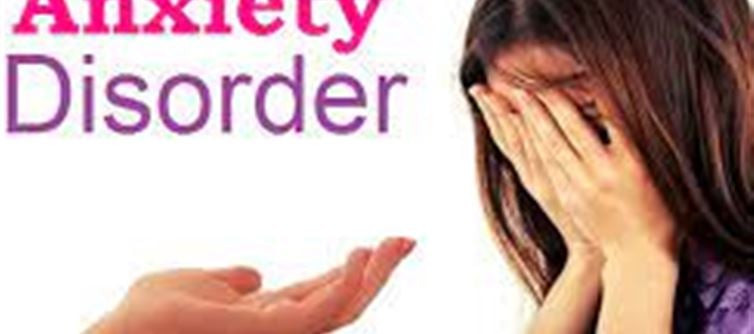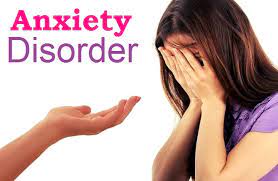
Anxiety disorders are mental health conditions where worry and fear become overwhelming and interfere with daily life. There are several different kinds, each with its own unique symptoms.
One common type is Generalized Anxiety Disorder (GAD). people with GAD worry excessively about everyday things like work, school, health, or finances, even when there’s no obvious reason to worry.
Panic Disorder involves sudden, intense episodes of fear called panic attacks. During a panic attack, a person may feel chest pain, shortness of breath, dizziness, or a racing heart, often without a clear trigger.
Social Anxiety Disorder causes extreme fear of social situations. people with social anxiety may worry about being judged, embarrassed, or rejected by others, which can make everyday activities like talking in class or attending parties very stressful.
Specific Phobias are strong, irrational fears of specific objects or situations, like heights, spiders, flying, or visiting the dentist. people with phobias often go out of their way to avoid what they fear.
Separation Anxiety Disorder is most common in children but can affect adults too. It involves intense fear about being apart from a parent, caregiver, or loved one.
Selective Mutism is a rare type of anxiety where a person, often a child, is able to speak normally in some settings but becomes unable to speak in others, like at school.
Finally, Agoraphobia is a fear of places where escape might be difficult, like crowded malls or public transportation. people with agoraphobia sometimes avoid leaving home altogether.
All anxiety disorders are treatable with therapy, medication, or a combination of both. Recognizing the type of anxiety someone has is the first step toward helping them feel better.




 click and follow Indiaherald WhatsApp channel
click and follow Indiaherald WhatsApp channel